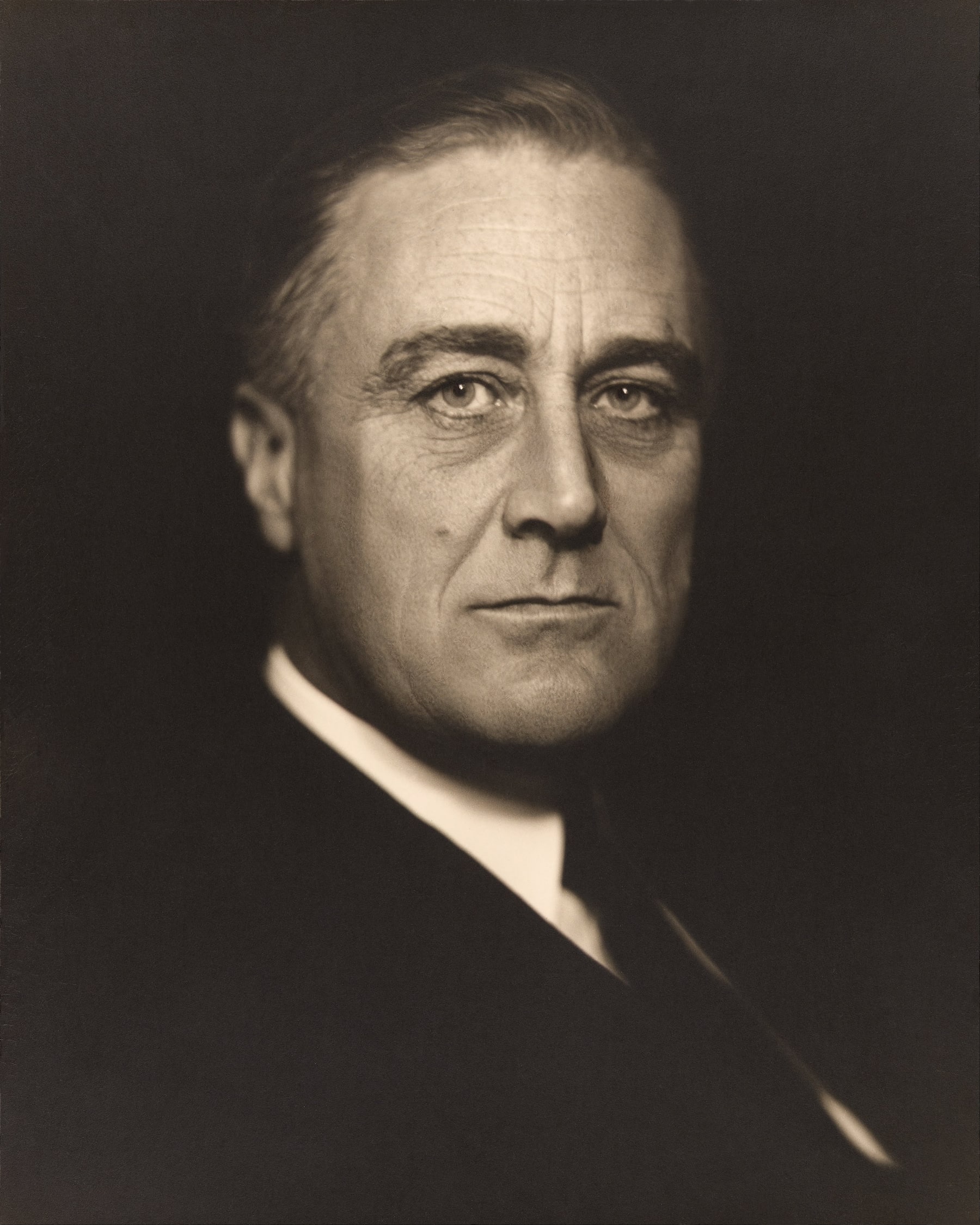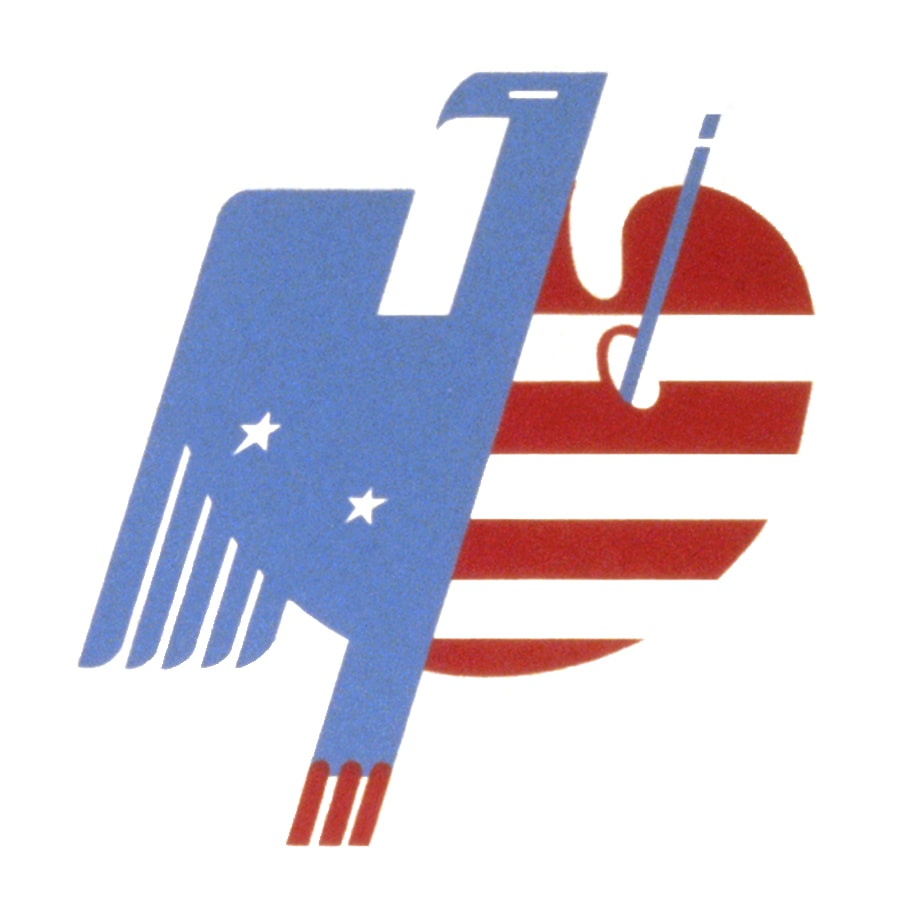The “New Deal” refers to a series of large-scale relief projects and reforms enacted by President Franklin D. Roosevelt in the 1930s in response to the Great Depression. It stabilized banking and economic systems, built roads, bridges, and buildings, employed millions of people, and filled the country with art.
Photograph by Dorothea Lange, taken in April 1935 and captioned: “Dust storm. It was conditions of this sort which forced many farmers to abandon the area. Spring 1935. New Mexico.”

The Great Depression exacerbated already dire circumstances in New Mexico, one of the country’s poorest states.
The Great Depression, which began with the “Black Tuesday” stock market crash of October 29, 1929, was an unparalleled international economic crisis. For the United States, a steep decline in consumer spending and investment led to a drastic reduction in industrial output and the failure of many companies and half the country’s banks. Ten of millions of people lost their jobs. At its worst, in 1933, the unemployment rate was 24.9%.
Rural New Mexico was among the poorest states in the Union in the 1920s. The Great Depression only exacerbated already dire circumstances in agriculture. To make matters worse, eastern New Mexico was swept up in the 1930s Dust Bowl.
Early 1930s portrait of President Franklin D. Roosevelt.

The New Deal was designed to jump start economic recovery by putting Americans—including artists—back to work.
Enter President Franklin D. Roosevelt. Roosevelt took office in March 1933 and by May of that year he had enacted the Federal Emergency Relief Act, which created the Federal Emergency Relief Administration and, under its supervision, the Civil Works Administration—prototypes of work-relief programs that would be expanded in the coming decade into what is referred to as the New Deal. The New Deal was designed to jumpstart economic recovery by putting Americans back to work through federal jobs programs. All told, over half of New Mexico’s residents found work in New Deal programs, doing everything from building schools, libraries, parks and post offices and constructing infrastructure projects to teaching music and painting murals.1
From the very beginning, the New Deal valued artists as laborers and cultural producers in the same vein as farmers, ranchers, teachers, and construction workers. Harry L. Hopkins, administrator for Federal Emergency Relief Administration and an architect of the New Deal, is famously quoted as saying, “Hell, they’ve got to eat just like other people!”2 Indeed, “For the artist, the collapse of the stock market equated the collapse of the art market: art collectors and patrons, now without stock dividend income that provided the means for the acquisition of ‘luxury’ items, could not purchase art. The romance of the ‘starving artist’ took on urgent and less than romantic connotation—and warning.”3
Eagle and palette design generally accepted as the logo of the Federal Art Project.

The FAP was an expansive program with sweeping aims.
Perhaps the most impactful of the federal arts programs in New Mexico was the Federal Art Project (FAP; renamed WPA Arts Program in 1939). Directed by Holger Cahill at the federal level, the program was administered in New Mexico by State Director Russell Vernon Hunter. The FAP was an expansive program with sweeping aims. It sought to cultivate and promote American art, to enrich public life through art, and to instill art as an everyday practice in the lives of Americans. According to The Federal Art Project Manual, “the primary objective of [the FAP is] to conserve the talent and skill of artists who, through no fault of their own, found themselves on the relief rolls and without means to continue their work; to encourage young artists of definite ability; to integrate the fine with the practical arts and, more especially, the arts in general with the daily life of the community.”
The FAP is responsible for an enormous volume of work, including 2,500 murals, 18,000 sculptures, 22,000 plates for the Index of American Design, and 108,000 easel works (for example, oil and watercolor paintings).4 In New Mexico, New Deal art programs employed over 160 artists and produced 65 murals, 657 easel works, 10 sculptures, 10 pieces of pottery, 43 wood carvings, and hundreds, if not thousands, of pieces of furniture and other decorative items.5
1933–1934
1934–1943
Renamed the Treasury Section of Fine Arts 1938–1939, and then Section of Fine Arts 1939–1943
1935–1943
Renamed Works Projects Administration in 1939
Created by executive order of President Franklin D. Roosevelt to solve mass unemployment.
1935–1943
Renamed WPA Arts Program in 1939
1935–present
Established by the 1939 Indian Arts and Crafts Act to implement and enforce the law’s promotional and protective aims for Native American art.
Subscribe to our newsletter to get GNDA updates
Gallup and McKinley County are situated on the ancestral and current homelands of the Diné and Ashiwi peoples.
Gallup’s New Deal art collection consists of over 120 objects created, purchased, or donated from 1933 to 1942 through New Deal federal art programs administered by President Franklin D. Roosevelt to support artists during the Great Depression.
The Gallup New Deal Art Virtual Museum features three types of exhibits, combining traditional and non-traditional approaches to illuminate academic, creative, and individual understandings.
Gallup’s New Deal art collection includes works by a demographically, professionally, and stylistically diverse group of named and unnamed artists.

Image Use Notice: Images of Gallup’s New Deal artworks are available to be used for educational purposes only. Non-collection images are subject to specific restrictions and identified by a © icon. Hover over the icon for copyright info. Read more